>>independents would be wise to consider strength through unity
>>THE ISSUES THAT MATTER, FROM THE PEOPLE INVOLVED
There’s a slightly mischievous line in our Nisa-Today’s feature on page 32 from founder Dudley Ramsden, who argues that too many of the people who serve the independent sector continue to prosper even while their customers are having a hard time, and that’s one reason why everybody is still trying to go it alone.
“If I have any regrets it’s that I have not been able to persuade all my fellow independents to get all their volumes together in a power bloc,” he says.
He points to France where independents, operating under the Leclerc and Intermarché banners, have held on to a huge chunk of the grocery market despite intense competition in recent years. He could equally have pointed to the Republic of Ireland where the independent sector has effectively pooled resources into two major wholesalers and is thriving as a result.
Ramsden’s comments resonate with a couple of features that we have run in the past year or so - asking whether there are too many symbol groups and whether the time is right to build a buying supergroup for the independent sector. In both cases our arguments have been batted away by the industry’s leaders.
After doing a whistlestop tour of Nisa-Today’s giant new ambient distribution centre in Scunthorpe, I began to realise that supply chain is another area where the independent sector could, and perhaps should, start sharing efficiencies and economies of scale. Distribution and IT are costly, and the market is too small to sustain much more duplication of effort, particularly in fresh.
I’m not naïve. I realise that there are some obvious competitive reasons why none of this will happen soon - just flick back to our story on page 14 for proof of that.
But there will come a time when the independent sector will have to grasp this particular nettle.
History teaches us that 20 years after the first supermarket opened, the top four players had 14% share; today it is over 60% and independent supermarketers are a small part of grocery. The first convenience format as we know it opened in the early 1980s; by 2003, the top four chains had 13% market share. Given recent events in convenience, it doesn’t take a genius to predict what will come next. The question is: what must the independent sector do today to ensure it holds on to its share of this part of the market tomorrow?
the case for a supergroup
>>THE ISSUES THAT MATTER, FROM THE PEOPLE INVOLVED
There’s a slightly mischievous line in our Nisa-Today’s feature on page 32 from founder Dudley Ramsden, who argues that too many of the people who serve the independent sector continue to prosper even while their customers are having a hard time, and that’s one reason why everybody is still trying to go it alone.
“If I have any regrets it’s that I have not been able to persuade all my fellow independents to get all their volumes together in a power bloc,” he says.
He points to France where independents, operating under the Leclerc and Intermarché banners, have held on to a huge chunk of the grocery market despite intense competition in recent years. He could equally have pointed to the Republic of Ireland where the independent sector has effectively pooled resources into two major wholesalers and is thriving as a result.
Ramsden’s comments resonate with a couple of features that we have run in the past year or so - asking whether there are too many symbol groups and whether the time is right to build a buying supergroup for the independent sector. In both cases our arguments have been batted away by the industry’s leaders.
After doing a whistlestop tour of Nisa-Today’s giant new ambient distribution centre in Scunthorpe, I began to realise that supply chain is another area where the independent sector could, and perhaps should, start sharing efficiencies and economies of scale. Distribution and IT are costly, and the market is too small to sustain much more duplication of effort, particularly in fresh.
I’m not naïve. I realise that there are some obvious competitive reasons why none of this will happen soon - just flick back to our story on page 14 for proof of that.
But there will come a time when the independent sector will have to grasp this particular nettle.
History teaches us that 20 years after the first supermarket opened, the top four players had 14% share; today it is over 60% and independent supermarketers are a small part of grocery. The first convenience format as we know it opened in the early 1980s; by 2003, the top four chains had 13% market share. Given recent events in convenience, it doesn’t take a genius to predict what will come next. The question is: what must the independent sector do today to ensure it holds on to its share of this part of the market tomorrow?
the case for a supergroup



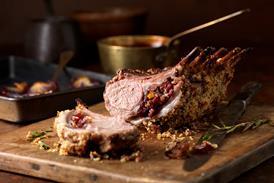
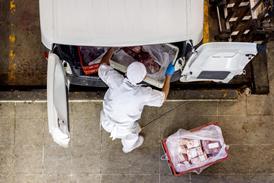


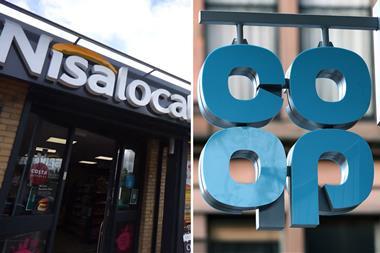
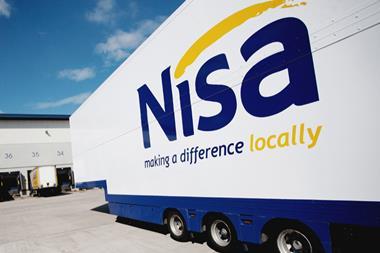

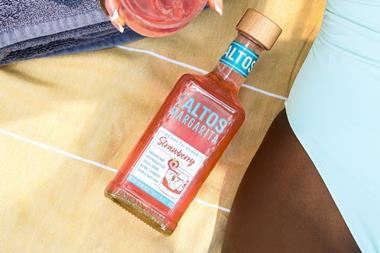



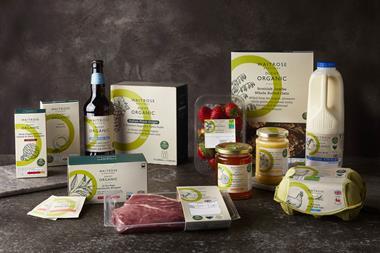
No comments yet